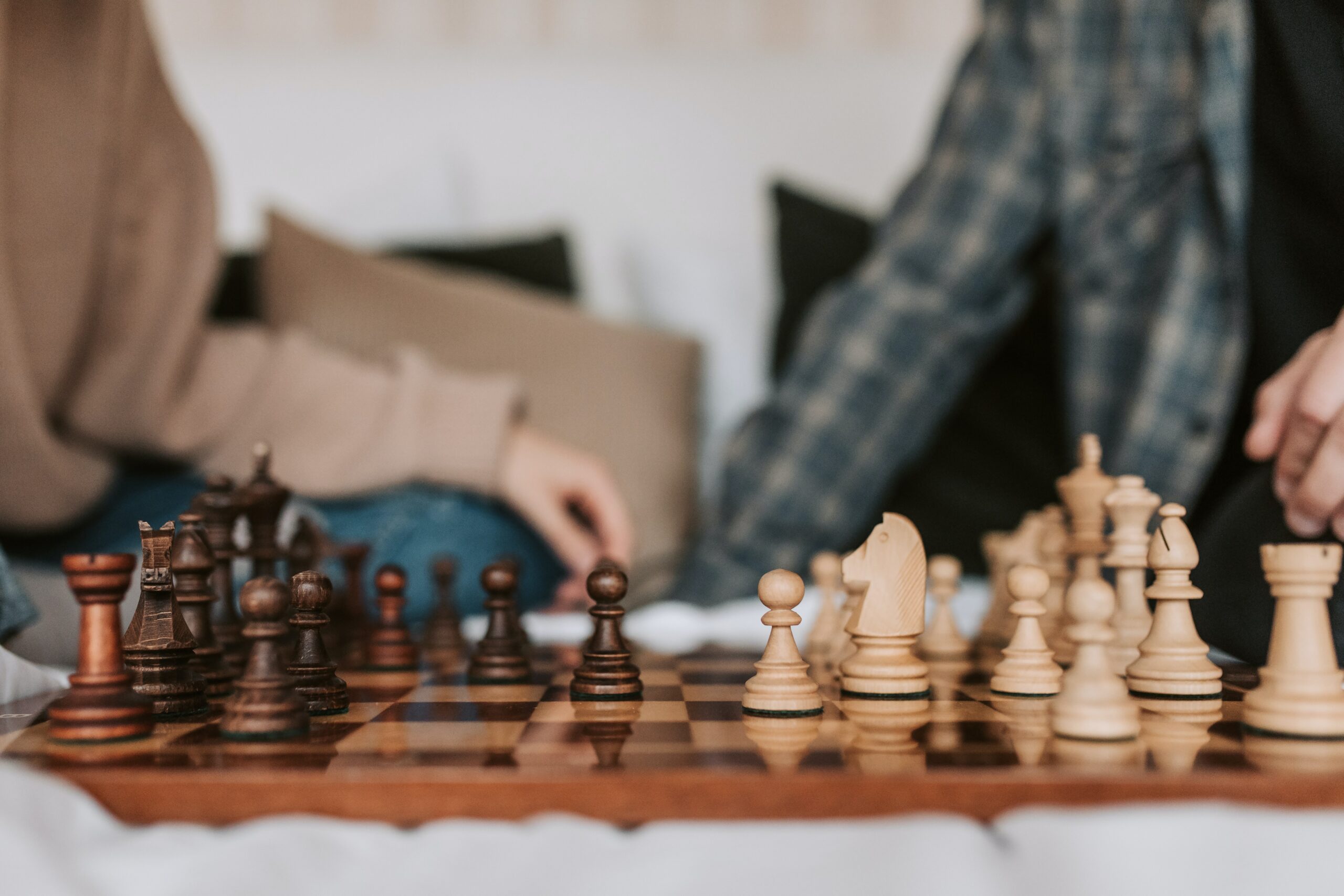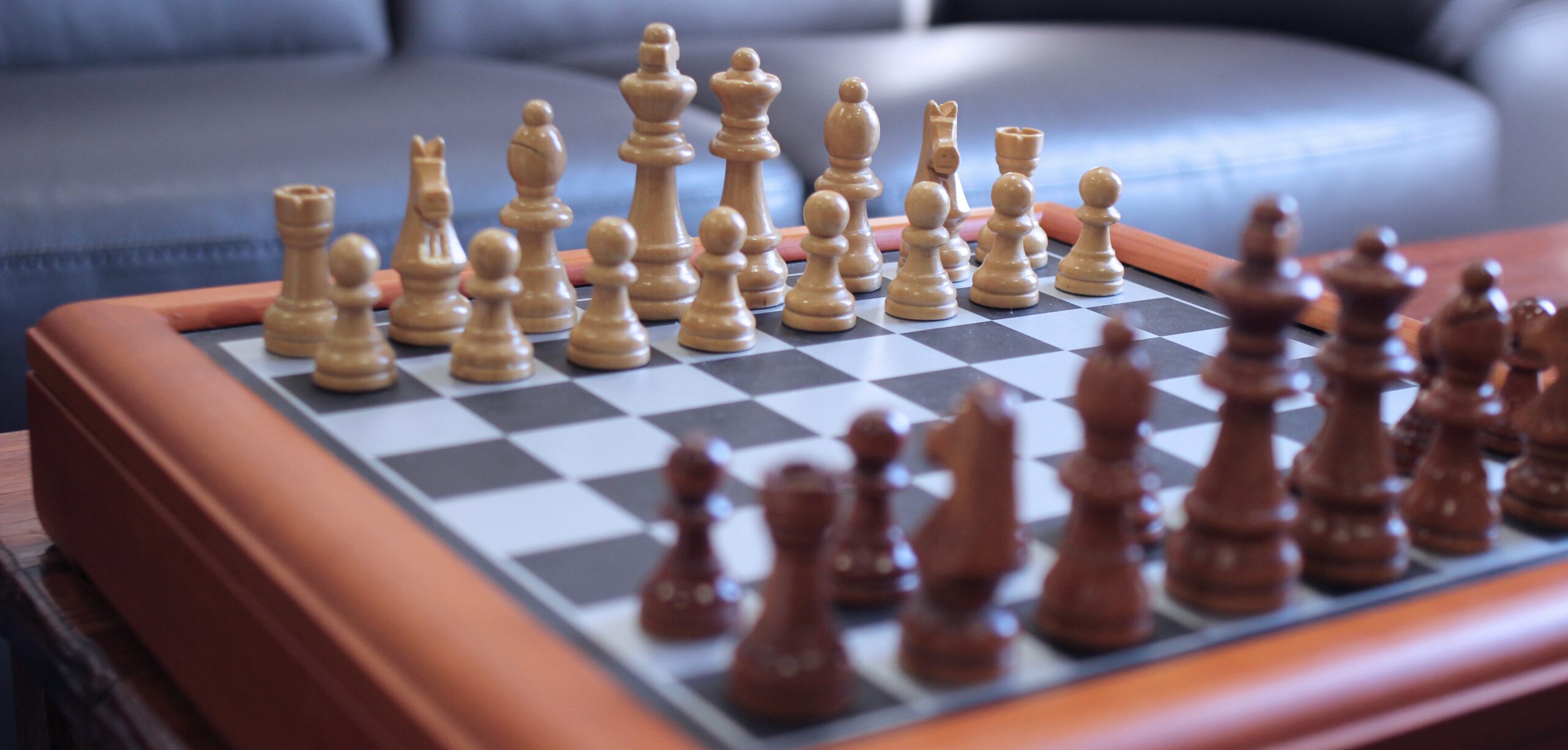Welcome to the captivating world of chess, where battles of intellect and strategy unfold on a checkered battlefield. Whether you’re a complete novice or someone seeking a refresher, learning how to start a game of chess is the essential first step towards embracing this timeless game of kings.
Chess, with its rich history spanning centuries, has captivated minds and inspired strategic thinking across cultures. It offers a unique blend of creativity, calculation, and foresight, making it a fascinating pursuit for players of all ages and skill levels.
In this guide, we embark on a journey to unravel the intricacies of starting a game of chess. From setting up the board to understanding the initial moves, we’ll navigate through the fundamental concepts and guidelines that govern the beginning stages of play.
Why is the Opening Important in Chess?
The opening phase of a chess game is crucial because it sets the foundation for the rest of the game. It is during this stage that players strive to establish a harmonious development of their pieces, control the center of the board, and create a solid and flexible position. The opening determines the initial pawn structure and piece placement, which significantly influences the player’s ability to execute their strategic plans and tactical ideas in the middle game and end game.
Moreover, the opening is a battleground of ideas, where players can display their knowledge, creativity, and ability to navigate through various opening systems. A strong opening understanding allows players to gain an advantage, create imbalances, and launch effective attacks, making it essential to study and master different opening concepts.
What are the Basic Rules of Starting a Chess Game?
The basic rules of starting a chess game are simple yet fundamental. The game begins with players sitting opposite each other, with the board oriented in a way that places a light-colored square in the bottom right corner for both players. Each player controls sixteen pieces, including eight pawns and eight more powerful pieces: a king, a queen, two rooks, two knights, and two bishops. Players take turns making moves, starting with White, with the goal of checkmating the opponent’s king or achieving a draw.
The movement rules for each piece are distinct: pawns move forward, capturing diagonally; knights move in an L-shape; bishops move diagonally; rooks move horizontally or vertically; the queen combines the movements of the rook and bishop, and the king moves one square in any direction. The game progresses as players maneuver their pieces, aiming to control the board and outwit their opponent.

How to Set Up the Chessboard Correctly?
Setting up the chessboard correctly is crucial to ensure a fair and accurate game. The board should be placed with a light square in the bottom right corner for both players. Each player’s pieces are arranged symmetrically. Starting from the player’s side, the back row (or the first rank) consists of the following pieces from left to right: rook, knight, bishop, queen, king, bishop, knight, and rook.
The eight pawns are placed on the second rank, just in front of the back row pieces. It is important to note that the queen is placed on a square of her color, meaning the white queen starts on a light square, and the black queen starts on a dark square. Once the pieces are correctly arranged, the game is ready to begin.
What is the Standard Opening Moves in Chess?
The standard opening moves in chess can vary depending on the specific opening being played and individual player preferences. However, some common opening moves have stood the test of time and are frequently employed. For instance, 1.e4 and 1.d4 is considered classical opening moves, initiating control over the central squares.
Other popular opening moves include 1.c4 (the English Opening), 1.Nf3 (the Reti Opening), and 1.g3 or 1.g6 (leading to the King’s Indian Defense or the Modern Defense). These moves aim to develop the central pawns or pieces, establish a solid foundation, and prepare for further piece development and strategic plans. The choice of opening moves can influence the subsequent positions and styles of play.
Are There Different Opening Strategies to Consider?
Yes, there are various opening strategies in chess, each with its own objectives and characteristics. Some strategies prioritize rapid development and central control, aiming to establish a solid and harmonious position. Others focus on pawn breaks and dynamic play to create imbalances and attacking opportunities.
Different openings also offer diverse pawn structures and piece placements, which can lead to contrasting middlegame plans. For example, in some openings, players may aim for a kingside attack, while in others, they may focus on central pawn breaks or positional maneuvering. Choosing an opening strategy depends on factors such as personal playing style, knowledge of specific openings, and the ability to handle resulting middlegame positions.

How to Choose the Right Opening for Your Style of Play?
Selecting the right opening for your style of play requires an understanding of your strengths, preferences, and the type of positions you feel comfortable handling. Some players enjoy tactical skirmishes and aggressive play, while others prefer strategic maneuvering and positional battles. Analyzing your games and identifying the types of positions and structures that suit you can help guide your opening choices.
It is also beneficial to study different openings, their typical plans, and the ideas behind them. Consider factors such as pawn structures, piece activity, central control, and long-term goals when selecting an opening. Experimentation and experience will also contribute to finding the opening repertoire that complements your style and maximizes your chances of success on the chessboard.
What Are the Key Principles to Follow in the Opening Phase?
There are several key principles that players should follow in the opening phase of a chess game. First and foremost, controlling the center of the board is crucial. By placing your pawns and pieces in the center, you gain more control over important squares, enhance the mobility of your pieces, and create more opportunities for attacking and defending.
Another important principle is piece development. Players should aim to develop their pieces efficiently, bringing them out from their starting positions and into more active squares. Developing pieces helps to increase their influence on the board and prepares for future plans and maneuvers. Maintaining pawn structure integrity and ensuring king safety are also essential principles. Lastly, players should be mindful of coordination and harmonious development, avoiding unnecessary pawn moves and ensuring that their pieces work together towards common goals.
| Opening | Main Features | |
|---|---|---|
| 1 | Italian Game | Focuses on controlling the center and activating the pieces |
| 2 | Ruy-Lopez | A classic opening with a rich history, emphasizes pawn structure and piece development |
| 3 | Sicilian Defense | A popular and aggressive defense, known for its tactical possibilities |
| 4 | French Defense | Focuses on solid pawn structure and counterattacking opportunities |
| 5 | Caro-Kann Defense | Offers a solid and positional approach, aiming for pawn structure stability |
Can Opening Mistakes Lead to Disadvantages?
Yes, opening mistakes can lead to disadvantages in a chess game. Making inaccuracies or errors in the opening phase can result in the loss of tempo, weak pawn structures, or a lack of piece coordination. These mistakes can give the opponent an opportunity to gain a positional advantage, launch a successful attack, or establish a more favorable middlegame position.
For example, neglecting piece development or failing to control the center can leave a player with cramped positions and limited mobility, making it difficult to execute strategic plans effectively. Opening mistakes can also lead to tactical vulnerabilities, such as leaving pieces unprotected or allowing the opponent to exploit weaknesses in the pawn structure. It is crucial to study and understand opening principles, be aware of common pitfalls, and strive to play accurately in the opening to avoid unnecessary disadvantages.
How to Develop Your Pieces Effectively in the Opening?
Developing pieces effectively in the opening is essential for establishing a strong position and maximizing their potential. A general guideline is to prioritize the development of knights and bishops. Knights are often developed towards the center squares, such as f3/f6 and c3/c6, where they can influence many squares and support pawn advances.
Bishops are typically developed to active diagonals, such as fianchettoing the bishop to g2/g7 or placing it on strong central squares like e3/e6. It is also important to castle early to ensure the safety of the king and connect the rooks. Rooks are usually developed by bringing them to open or semi-open files, where they can exert influence and potentially coordinate with other pieces.
While developing pieces, players should aim to maintain pawn structure integrity and avoid unnecessary pawn moves that may weaken their position or create weaknesses. By prioritizing efficient piece development, players set the stage for successful middlegame play.

Should You Prioritize King Safety in the Opening?
King’s safety should be a priority in the opening phase of a chess game. While other objectives like piece development and central control are crucial, neglecting king safety can leave your monarch vulnerable to potential attacks and tactical threats. It is generally recommended to castle early to safeguard the king and improve the coordination of rooks.
Castling kingside (short castling) is often the preferred choice as it creates a sturdy pawn shield and places the king behind a wall of pawns. However, there may be situations where castling queenside (long castling) can be a viable option, particularly if the central pawn structure supports it. Additionally, being mindful of open lines and potential sacrifices near the king’s position can help anticipate and defend against threats. By ensuring king safety in the opening, players provide a solid foundation for their subsequent plans and limit their opponent’s attacking possibilities.
How to Control the Center of the Chessboard?
Controlling the center of the chessboard is a fundamental principle in chess. The center consists of four squares: e4, e5, d4, and d5. Establishing control over these squares allows for greater mobility and flexibility of pieces, provides more space for maneuvering, and facilitates the execution of various strategic and tactical plans. To control the center, players often start by occupying the central pawns, aiming to place pawns on e4 and d4 for White or e5 and d5 for Black.
These central pawns act as a foundation for piece development and enable the creation of pawn breaks and attacks in the future. Additionally, deploying knights and bishops to central squares and exerting pressure on the center can contribute to controlling these vital areas of the board. By prioritizing the control of the center, players gain a positional advantage and enhance their ability to launch effective attacks and execute their strategic plans.
In General
By delving into the intricacies of the initial moves and understanding the principles that guide them, you’ve taken the crucial first step toward mastering this timeless game.
Throughout this guide, we have explored the fundamentals of setting up the board, the placement of the pieces, and the significance of opening strategies. By understanding these key elements, you have gained a solid foundation from which to build your chess skills and embark on countless exciting battles on the checkered battlefield.
Remember, starting a game of chess is not just about placing the pieces on the board—it’s about cultivating a mindset of strategic thinking, adaptability, and anticipation. The opening moves set the stage for the complex maneuvers and tactical battles that will unfold in the middle and endgame. With continued practice, observation, and analysis, you will hone your ability to make effective decisions right from the start.




